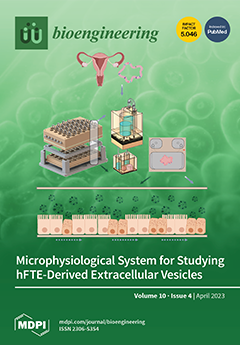Context: Badminton is a unilateral sport that involves repetitive jumping, lunging and quick changes of direction with the lower limb, thus, plantar pressure profiles and foot postural profiles are critical to maintaining balance and coordination. Objective: The purpose of this study was to
[...] Read more.
Context: Badminton is a unilateral sport that involves repetitive jumping, lunging and quick changes of direction with the lower limb, thus, plantar pressure profiles and foot postural profiles are critical to maintaining balance and coordination. Objective: The purpose of this study was to explore the characteristics of static and dynamic plantar pressure profiles with rearfoot posture in elite and recreational badminton players as well as assess the transitional changes of plantar loads between static and dynamic states. Methods: A cross-sectional survey was conducted among 65 college-level elite male badminton players (mean age: 20.2 ± 1.2 years; mean height: 177.4 ± 4.6 cm; mean weight: 72.6 ± 4.6 kg) and 68 recreational badminton players of the same gender (mean age: 19.9 ± 0.8 years; mean height: 170.3 ± 3.9 cm; mean weight: 67.7 ± 3.2 kg). The JC Mat was used to evaluate the arch index (AI), plantar pressure distribution (PPD), centers of gravity, and the characteristics of the footprint. Static foot posture was determined by examining the rearfoot alignment. Results: Both groups’ AI fell within the normal range. The static plantar loads of the elite group were distributed at the bipedal lateral part of longitudinal arches and heels (
p < 0.01), while the right foot experienced higher centers of gravity (
p < 0.05). The elite group’s static rearfoot postural alignment exhibited a higher degree of rearfoot varus than the recreational group (
p < 0.05). In addition, the elite group’s dynamic plantar loads were mainly exerted at the medial and lateral metatarsals of both feet (
p < 0.05). During the transition state, the recreational group’s plantar loads were mainly shifted to the bipedal lateral part of metatarsals and heels (
p < 0.05), whereas the elite group’s bipedal lateral longitudinal arches as well as the medial and lateral heels experienced a reduction in plantar loads (
p < 0.01). Conclusion: For elite badminton players, the findings revealed a possible connection among the static supinated foot, centers of gravity tending towards the right foot, and increased forefoot plantar loads in the dynamic state. The finding merits further exploration of the possible links between transitional changes in plantar pressure distribution in both states and related foot injuries resulting from intense competition and regular training in badminton.
Full article






